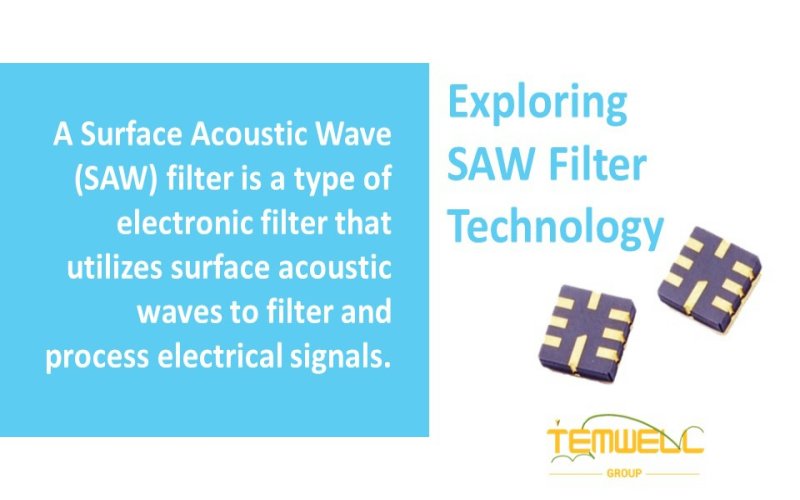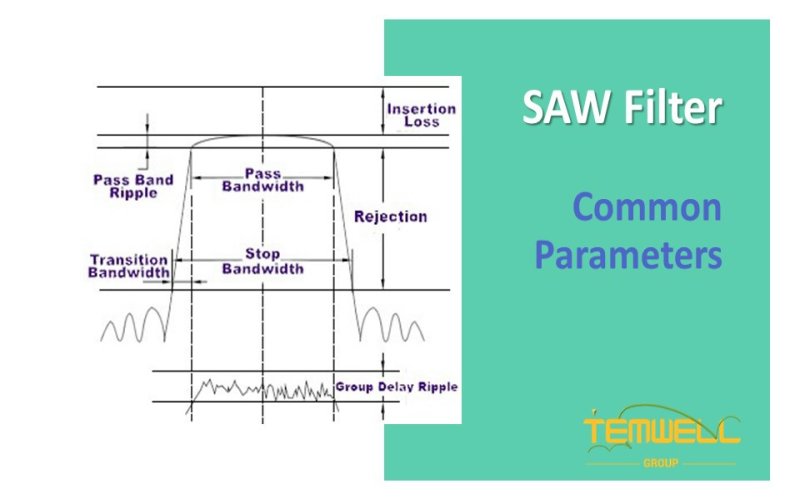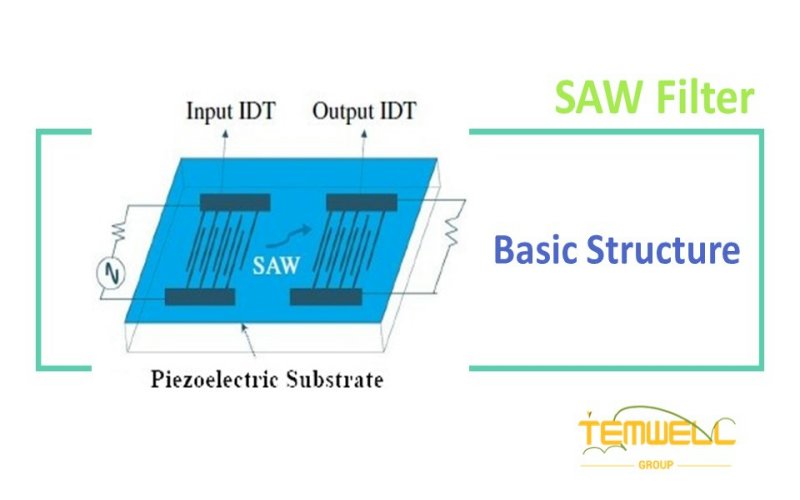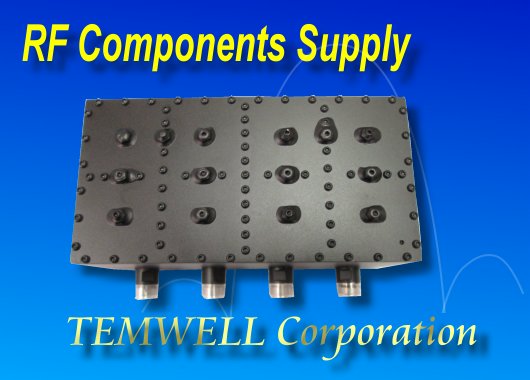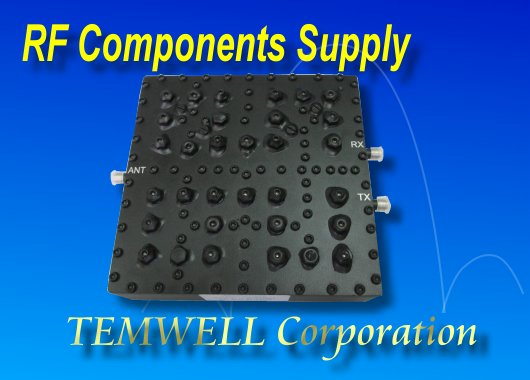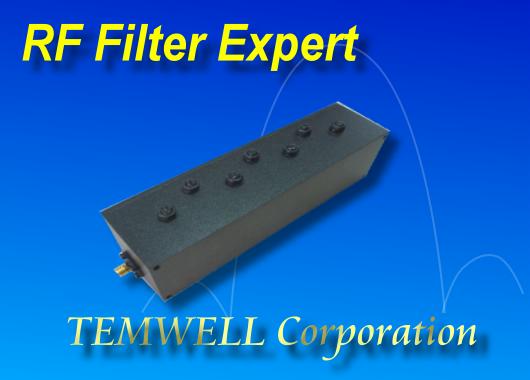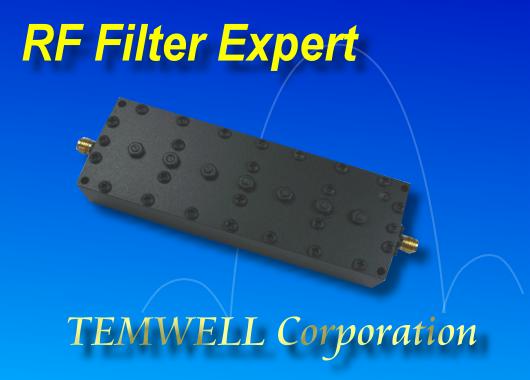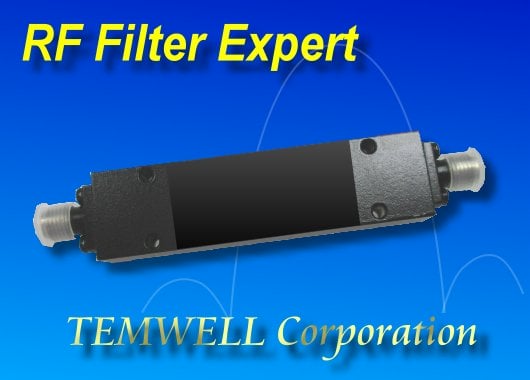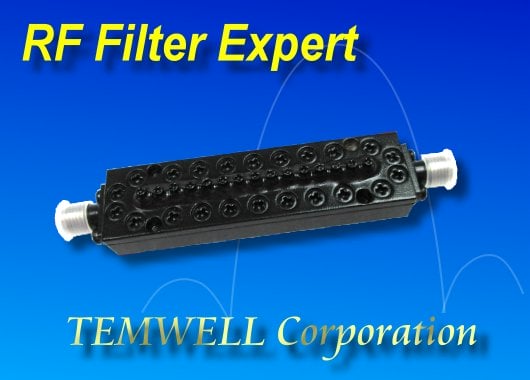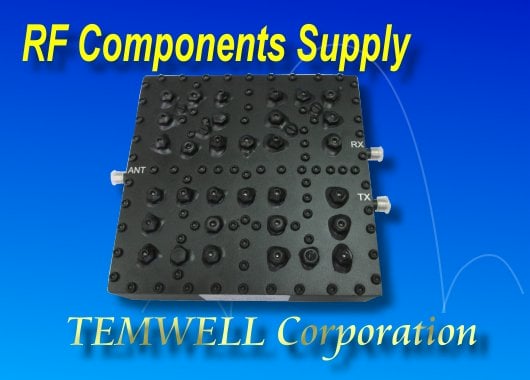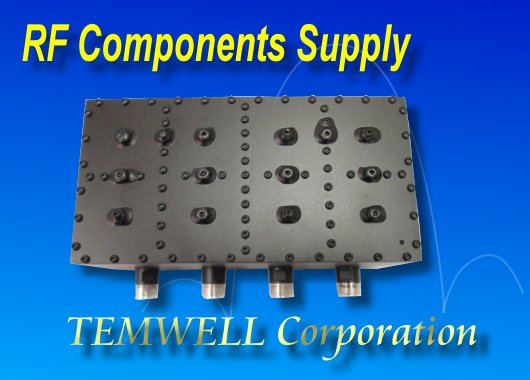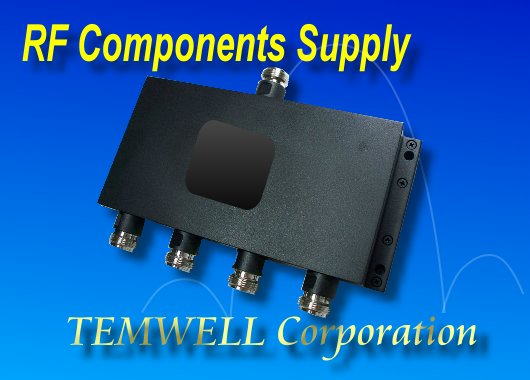What is Saw Filter?

What is Saw Filter?
SAW Filter, (called Surface Acoustic Wave Filter) is a device that utilizes the characteristics of piezoelectric materials for signal filtering. SAW Filters exploit the propagation of surface acoustic waves on piezoelectric materials by converting signals into mechanical waves, which then undergo filtering through various structures of reflection and scattering on the surface of the chip.
What does SAW Filter do?
SAW Filters play a crucial role in RF systems, primarily used for signal filtering and frequency selection. They effectively filter out unwanted frequency components while preserving the desired signals, ensuring the normal operation of the system. SAW Filters are commonly applied in wireless communication, satellite communication, and various RF devices, making them indispensable components in modern RF engineering.
The main spec value of SAW filter performance
A. Center Frequency:
Center frequency of a SAW Filter is the primary frequency it is designed to pass through, where the signal passes most strongly.
B. Bandwidth:
Bandwidth represents the range of frequencies around the center frequency that the filter can pass through. A wider bandwidth indicates a broader range of frequencies the filter can handle.
C. Insertion Loss:
Insertion loss of a SAW Filter refers to the energy lost as a signal passes through the filter. Lower insertion loss indicates better filter performance.
D. Return Loss:
Return Loss represents the degree to which the signal is blocked or passed by the filter, reflecting the effectiveness of the filter in filtering signals.
E. Attenuation value:
Attenuation value is the degree to which the filter suppresses out-of-band signals. Higher attenuation values indicate the filter can more effectively block out-of-band interference.
F. Pulse Response:
Pulse response describes how a filter responds to input pulse signals, including the shape of the pulse and the delay of the filter on the signal.
Internal structure of SAW Filter
The internal structure of a SAW Filter is based on the principles of Surface Acoustic Waves (SAW). When a voltage signal passes through the piezoelectric crystal on the SAW Filter, surface acoustic waves are generated. These waves propagate on the surface of the crystal, interacting between the filtering and reflecting elements, forming a wave pattern similar to mechanical oscillation. These wave patterns filter out signals of specific frequencies, thus achieving the filtering function.
SAW Filter utilizes piezoelectric materials. Piezoelectric materials are materials that generate an electric charge when subjected to external forces, and vice versa. In a SAW Filter, piezoelectric crystals are used to generate and receive surface acoustic waves. When a voltage passes through the piezoelectric crystal, it deforms, thereby generating surface acoustic waves. When these waves propagate to the receiver on the crystal, the crystal generates an electric charge, which is processed by the filter and output.
The physical structure of a SAW Filter includes a crystal substrate, piezoelectric material layer, filtering and reflecting elements. The crystal substrate supports the components, piezoelectric material is used to generate and receive surface acoustic waves, and the filtering and reflecting elements control and select signal passage. The piezoelectric material generates surface acoustic waves, which are filtered through the interaction of filtering and reflecting elements, thus achieving the filtering function for specific frequency signals.
The electrode configuration of a SAW Filter refers to the arrangement of electrodes applied to the piezoelectric crystal. These electrodes are used to generate and manipulate surface acoustic waves, thereby achieving signal filtering functions. The configuration of electrodes affects the performance and characteristics of the filter, including frequency response, insertion loss, and passband characteristics, among others. Therefore, when designing a SAW Filter, careful consideration must be given to the configuration of electrodes to ensure that the filter meets the design requirements.
The design limitations of SAW Filter
A. Size limitation:
The size constraint of a SAW Filter is one of the crucial factors to consider during the design process. Since the dimensions of the piezoelectric crystal and electrodes directly impact its performance, the design must aim to minimize the size while achieving the desired performance, to meet specific application requirements.
B. Frequency Limitation:
An important constraint in SAW Filter design is the limitation of the frequency range. This refers to the range of frequencies over which the SAW Filter can effectively operate. For example, a typical SAW Filter might operate within the frequency range of 100MHz to 3GHz. Designers must carefully consider the frequency range required for the application and select appropriate filter structures and parameters based on these requirements. Frequency range limitations need to be considered alongside other performance parameters to ensure that the filter performs well within the specified frequency range.
C. Insertion loss limitation:
An important limitation in SAW Filter design is the relatively high insertion loss. Insertion loss refers to the power loss when the signal passes through the filter. Due to the internal structure and manufacturing process of SAW Filters, insertion loss tends to be higher compared to other types of filters. Therefore, in designing SAW Filters, there is a need to balance insertion loss with other performance indicators to ensure optimal performance of the filter within the entire system.
D. Manufacturing Cost Constraint:
Manufacturing cost is a significant consideration when designing SAW Filters. Due to the complex processes and specialized materials involved in their manufacturing, SAW Filters typically incur higher production costs. Designers need to explore methods to reduce costs while ensuring performance, such as opting for more economical materials and optimizing the manufacturing processes. This helps ensure that SAW Filters can be produced within budget constraints.
Application scenarios of saw filter
A. Mobile communications
Mobile communication is one of the key application scenarios for SAW Filters. As mobile devices rely on wireless communication, they need to support various communication standards such as 2G, 3G, 4G, and 5G, as well as wireless technologies like WLAN and Bluetooth. SAW Filters provide high-performance frequency selection, effectively separating and filtering signals from different frequency bands. This ensures smooth communication between communication devices while suppressing interference. Due to the high requirements for size and weight in mobile phones, the miniaturization characteristics of SAW Filters make them indispensable components in mobile communication.
B. satellite communications
In the field of satellite communication, SAW Filters demonstrate advantages in both size and temperature stability. Satellite communication equipment often needs to integrate multiple components within limited space, and the miniaturization characteristics of SAW Filters make them an ideal choice. Additionally, satellite communication systems frequently face extreme environmental temperature changes, and SAW Filters exhibit excellent temperature stability, maintaining performance consistently across a wide temperature range. Therefore, SAW Filters play a crucial role in satellite communication systems, contributing significantly to improving the performance and reliability of communication systems. The frequency range refers to the range of signal frequencies that a cavity filter can handle and is an important parameter for evaluating the performance of the filter. Good frequency characteristics ensure that the filter can accurately filter signals within the specified frequency range, meeting the requirements of the system.
Temwell R&D team is dedicated to exploring the future possibilities and potential applications of SAW Filters in RF engineering field. We focus on integrating the latest technological trends and market demands to provide more innovative and higher-performance solutions. In the future, as wireless communication technology continues to evolve, SAW Filters will play an even more crucial role. Through ongoing research and innovation, we are committed to developing smaller, more efficient, and more stable SAW Filters to meet the ever-changing market demands. Close collaboration with our customers will enable us to accurately grasp market trends and deliver competitive products and solutions. Temwell will continue to strive to be a leader in the RF engineering field and lead the development trends of Custom SAW Filters to address future challenges and opportunities.
To learn more information about our products, please do not hesitate to contact us!
Subscribe to us on Facebook for the latest product news.


